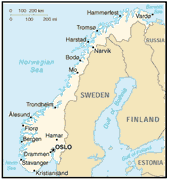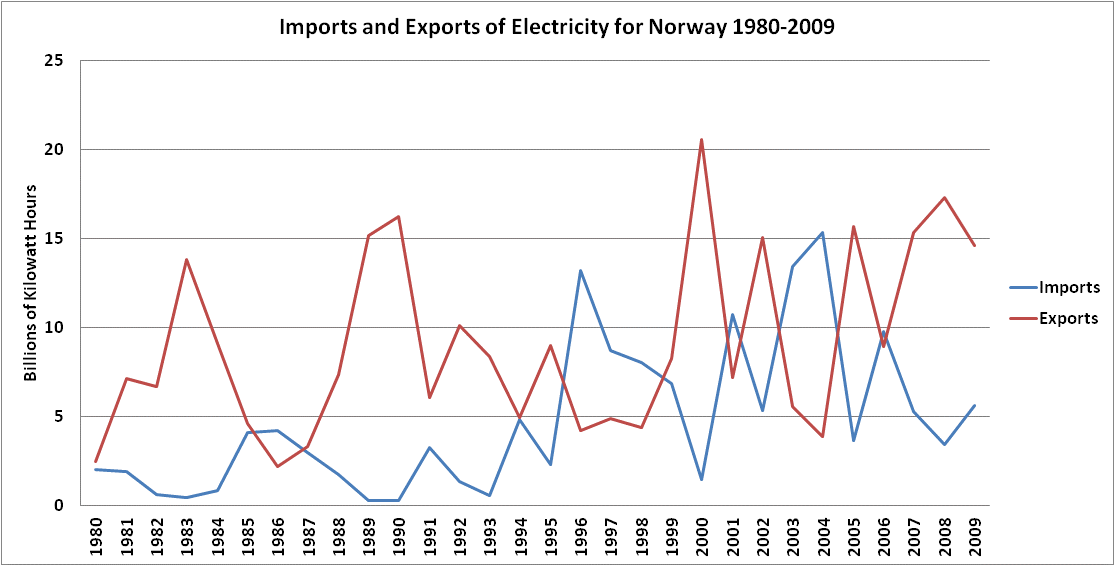National Energy Grid
|
 |
|
Full Size Map National Electricity Transmission Grid of Norway(30 kb) |
GRID SUMMARY
Norway is a major non-OPEC source of oil and was the world's third largest net oil exporter in 2001. Norway is the second-largest natural gas exporter to western Europe.
In 2000, 99% of Norway's electricity generation came from its 27 million kilowatts of installed hydroelectric capacity. Norway has one of the highest rates of per-capita consumption of electricity in the world. With over 99% of Norway's electricity supply derived from the country's abundant hydropower. Norway currently has some 850 hydroelectric plants, with total installed capacity of over 27,000 MW. Traditionally, a majority of the country's renewable energy program has focused on ways to reduce hydropower transmission line loss and to develop undersea cable technology. However, as Norway's energy demand increases, there is limited capacity for further hydropower development. Furthermore, current controversies over the use of natural gas to meet Norway's energy needs place a greater emphasis on the need to develop renewable energy resources.
The major renewable energy resources in Norway, outside of hydroelectricity, have been solar and biomass. In 1999, nearly half of Norway's $25-million market for alternative energy was in solar panels and associated accessories. The major market for solar has proven to be electricity generation for leisure boats, as well as seasonal cottages along the fjords and mountain areas that do not have access to the national power grid.
At the same time, wind power generation is getting considerable attention in Norway. The Norwegian government is planning to develop three wind farms, with a total production of 800 MW, along the country's west coast. Present development plans are being protested by environmental groups for fear that they might have an impact on the wildlife in the area.
Norway has had a surplus of hydroelectric power in the past two years, but in drier years it must import electricity. In January 2001, E.On of Germany, Statkraft, and Elsam of Denmark agreed to free up capacity on key power cables linking the high tension electricity grids of Scandinavian countries to Germany, including the Skaggerrak cable, the only cable connecting western Denmark and Norway.
